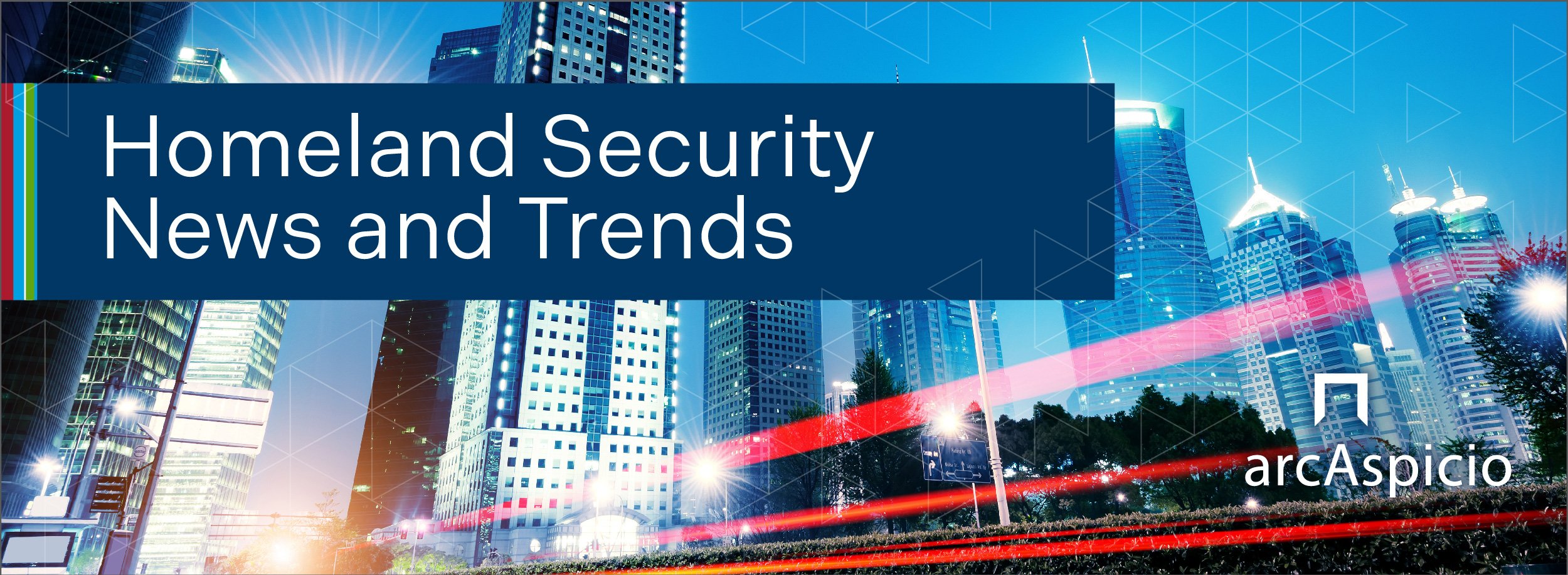
Equity in Emergency Management: How Behavioral Science Can Help Support Preparedness and Disaster Response
Equity in Emergency Management: How Behavioral Science Can Help Support Preparedness and Disaster Response
In recent years, there have been many challenges driven by climate change that pose significant threats to our nation’s safety and security. More frequent and severe weather events continue to devastate communities around the world, even making some places uninhabitable.
Behavioral science, which encompasses the study of human behavior and decision-making processes, can help us better understand how individuals and societies respond to these environmental challenges. This knowledge can inform policy and intervention strategies aimed at mitigating the impact of climate change on our nation’s security and well-being.
The Environmental Protection Agency concluded that a substantial portion of the world continues to face drastic changes in rainfall, which results in deadly floods, heat waves, intense rain, droughts, and other natural disasters. Federal emergency managers can adopt strategies driven by behavioral science to implement effective frameworks that support preparedness efforts before, during, and after disasters amidst an ever-changing climate atmosphere.
To provide a more concrete example, the World Bank has successfully employed behavioral science to encourage disaster-resilient behaviors in vulnerable communities. Emergency managers can take specific actions, including:
Behavioral Nudges: Use subtle cues and messaging to encourage individuals and communities to take proactive measures such as disaster preparedness, evacuation, and early warning system utilization
Community Engagement: By using diverse voices and perspectives you can leverage behavioral science to design community engagement programs that foster trust, cooperation, and collective action
Risk Communication: Tailor risk communication strategies using behavioral insights to effectively convey the severity of potential threats and the benefits of preparedness and resilience
Inclusive Planning: To ensure that vulnerable populations are not unfairly impacted by disasters and have equal access to resources and support, it's crucial to incorporate Diversity, Equity, and Inclusion principles into disaster response and recovery plans
Feedback Loops: Implement systems for continuous feedback from affected communities to adapt emergency response efforts based on real-time insights and needs
By integrating these specific strategies into their disaster management approach, emergency managers can harness the power of behavioral science to create more effective, equitable, and inclusive disaster response and recovery processes. This not only enhances the resilience of communities but also contributes to the establishment of an inclusive culture at all operational levels within the emergency management community.
At the tactical level, behavioral science aids emergency managers in identifying conditions that guide decision-making. This includes enhancing coordination among stakeholders during disaster response and integrating soft skills through training, human resources, and planning groups to promote sustainable inclusion in prevention and response initiatives for the long term.
An example of ongoing efforts to incorporate behavioral science in emergency management is the World Bank’s design of the Strengthening Disaster Risk Management and Climate Resilience Project, which is working to instill a behavioral perspective to emergency response capacities. This project seeks to enhance early warning and evacuation capabilities in vulnerable areas, promoting equitable access to safety resources regardless of socio-economic factors. By incorporating behavioral science, the project aims to study how people respond to warning and evacuation orders, improving the effectiveness of these systems. Research may focus on optimizing messaging to encourage evacuations and designing user-friendly early warning systems. This approach acknowledges that successful emergency management not only relies on physical resources but also addresses the behavioral aspects of disaster response.
As the frequency of disasters and their severity increase, taking a holistic approach driven by behavioral science helps emergency managers understand their stakeholders’ perspectives and challenges, which is pivotal to equitable and effective disaster response operations.




















